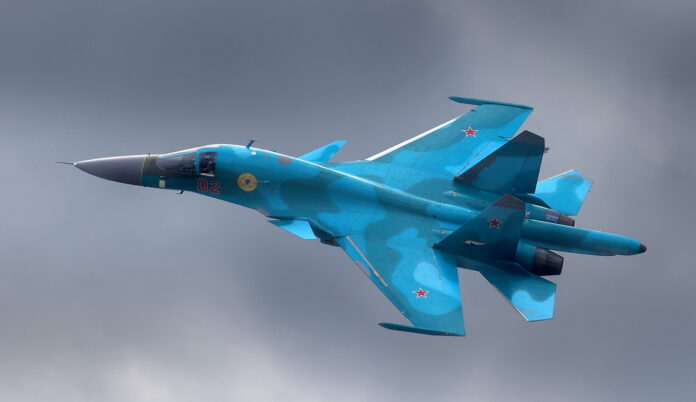According to British intelligence, Ukrainian military operations aimed at aerodromes in Russia have a significant impact on Russia's strategy in hostilities in Ukraine. Attacks from the Armed Forces of Ukraine have led to the fact that Russia was forced to disperse its aviation further from the front line, which led to an increase in flight time and, accordingly, an increase in fatigue fatigue.
During June 2024, the Russian army maintained pressure on the front line in Ukraine through tactical aviation. However, in the last week, the Russian Federation has changed tactics. This was reported by the UK Ministry of Defense, citing intelligence data.
The report states that during June 2024, the Russian Air Force maintained pressure on the front line in Ukraine through tactical aviation, while the Kamikadze drones continued to strike deep infrastructure and defense purposes.
However, from June 12 to June 18, Russian aviation switched the attention of its strips with winged missiles to Ukrainian military-air bases, which almost certainly caused the success of Ukrainian air strikes, and probably emphasizes Russia's concern about the future use of F-16 aircraft,
The series of coordinated Ukrainian attacks on targets in Crimea led to the destruction of critically important elements of Russian anti-aircraft missile complexes of the class "Earth-township" C-300 and C-400.
Although it is likely that Russia can quickly replace systems, further exhaustion is likely to force the Russian Federation to attract equipment from other regions, as it has done earlier if it wants to maintain the density of covering its air defense system. Or Russia may be forced to accept its capabilities, exposing their strength in the Crimea at high risk.
Further successful Ukrainian attacks on Russian airfields from which shock operations are conducted, such as Magidok, Akhtubinsk and recently Morozovsk, will very likely make Russia continue to continue the policy of dispersion of aviation further from the front line.
This will almost certainly lead to an increase in aircraft fatigue and crews, as the departure time will increase. It is possible that the loss of the Su-34 fighter fighter in North Ossetia in southern Russia is related to this, precisely with this, precisely


